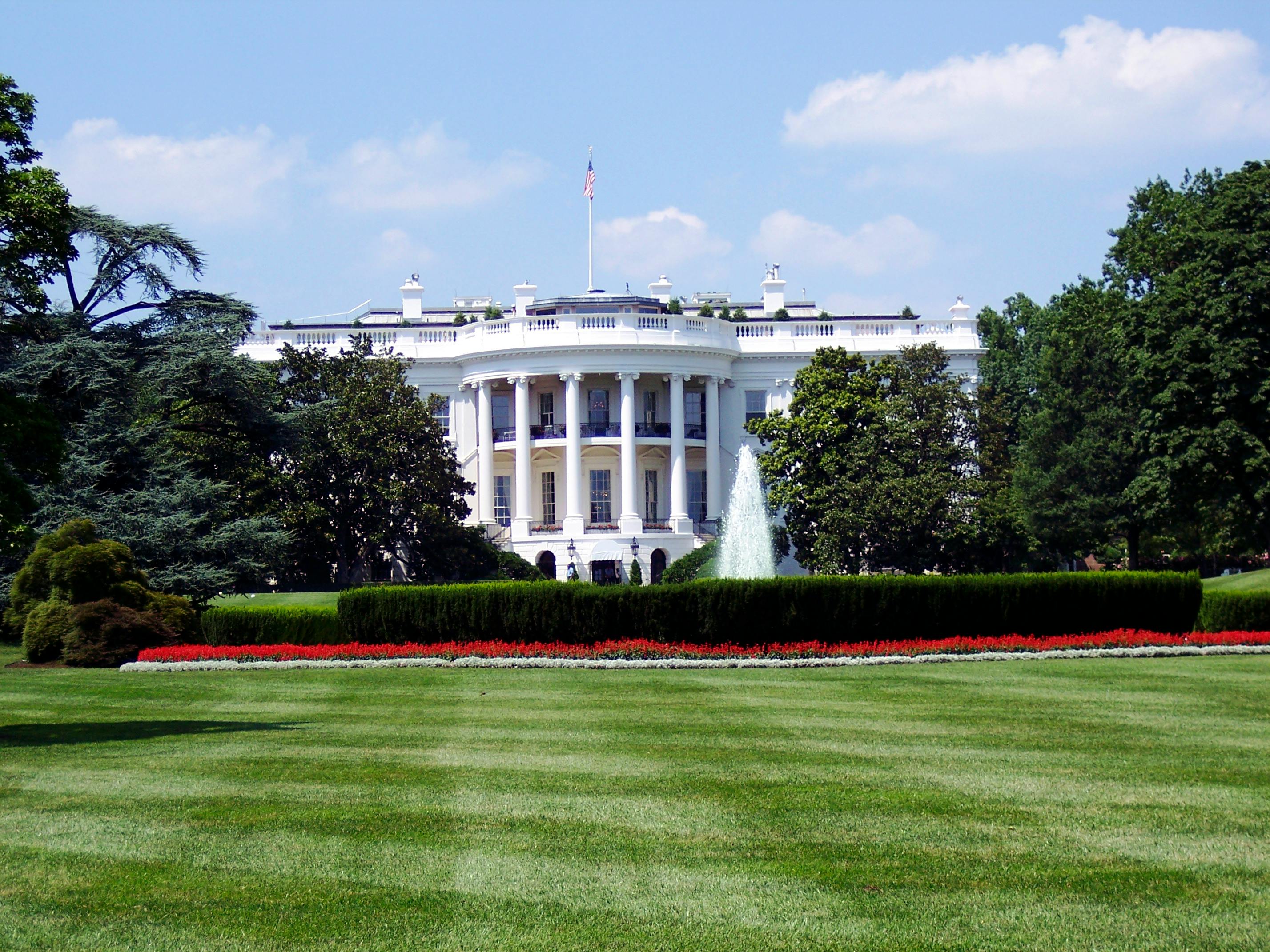Growing up, I thought Indian Americans pursued a very small range of careers–medical doctors, engineers and, as comedian Hasan Minhaj would put it, “middle management” jobs. But this is an interesting time for Indian Americans in politics–we are experiencing increasing representation in Congress, governors’ offices, and even presidential campaigns. With Kash Patel awaiting confirmation as the next Director of the Federal Bureau of Investigation (FBI) and Tulsi Gabbard in line to be the Director of National Intelligence, Indian Americans are playing prominent roles in shaping national policy under the new Trump administration. Usha Vance’s recognition as the first Indian American and Hindu Second Lady has been regarded in several Indian communities as a proud moment. The first female Vice President of the United States, Kamala Harris, is also of partial Indian heritage – a testament to the visibility of Indian Americans in politics. But even with representation in public positions, social engagement and political involvement at the community level is relatively low in Indian communities.
Interestingly enough, although data about Asian American voting patterns, eligibility, and participation in politics is available, it is rarely disaggregated across specific ethnic groups. As Asian Americans are not a monolith — and should not be treated as such — I cannot draw conclusions about separate Asian ethnic groups. However, Indian Americans do tend to have homogeneous social groups across caste, religion and wealth. Some of the divisions we tried to leave behind in India are being reproduced here in America.
Indian Americans have been able to generate a great amount of wealth in America in comparison to other Asian American communities. In 2022, the median income among Indian American households was $145,000 – this is greater than the overall Asian American household median income of $100,000.
While many Indian families of immigrants have had to suffer and struggle to earn their wealth, many other families of color have done the same without obtaining the same levels of wealth due to a multitude of racial, economic, and socio-political dynamics. This has perpetuated the misguided notion in our community that Desi families have worked harder than other immigrants. Insufficient motivation is not the main cause of differences between success attained in America – there are systemic barriers to success, particularly for Black, Latine and Indigenous populations. We often fail to recognize these barriers when asserting that incredible motivation to succeed is unique to the Desi community.
Per my observations, as individual Indian families accumulate wealth in America, they enter an echo chamber with other Indian Americans in the same tax bracket — we forget that so many other families don’t reach the same levels of economic success. In a gross perversion of the communalist culture we practice in India, we have developed more individualistic tendencies in America. While we frequently support other Indians in America, in my experience, the Desi community often fails to engage in the same cross-cultural solidarity as other communities of color in the United States. We maintain distance from other Asian American communities and practice self-preservation above all.
Our relative wealth and growing influence in U.S. politics indicate it’s our responsibility to lean into advocacy – especially for those aforementioned communities facing systemic barriers that we’ve been fortunate enough to overcome. We need to stop retreating into our silos and start contributing effectively.
As a young Indian American girl growing up in rural Appalachia, I was always told to stay in my lane. The community around me made it abundantly clear that I was different – my skin color, my cultural background, my religious upbringing, and my political beliefs. Having grown up in a town with only five Indian Americans – my two parents and their three children – I understand what it means to be hyper-aware of the fact that you have a different positionality than your peers. For safety reasons, I shied away from sharing my views in that setting, but I later learned that there are still ways to be engaged without endangering yourself.
The work starts with engaging in difficult conversations within our own communities. If we don’t demonstrate solidarity within the Indian-American community, we won’t be able to participate in the collective movement toward progressive legislation that protects our historically marginalized peers.
I’m still working against my own inclinations to stay out of the way of more visible advocates. I’m trying to stand up for my beliefs, regardless of the whispers in my community. I can’t let the fear of social exclusion from other Indian Americans prevent me from supporting other communities in need. It’s important that we do this work together in order to overcome the fear of judgment within our own community for standing for our beliefs.
If we want a seat at the table, we have to stand for others at theirs. How can we demand inclusion while excluding others? Indian Americans have a pivotal role to play in the ever-changing fabric of American politics – and it’s time we rise to the occasion.
Visual Credit: Aaron Kittredge

Comments are closed.